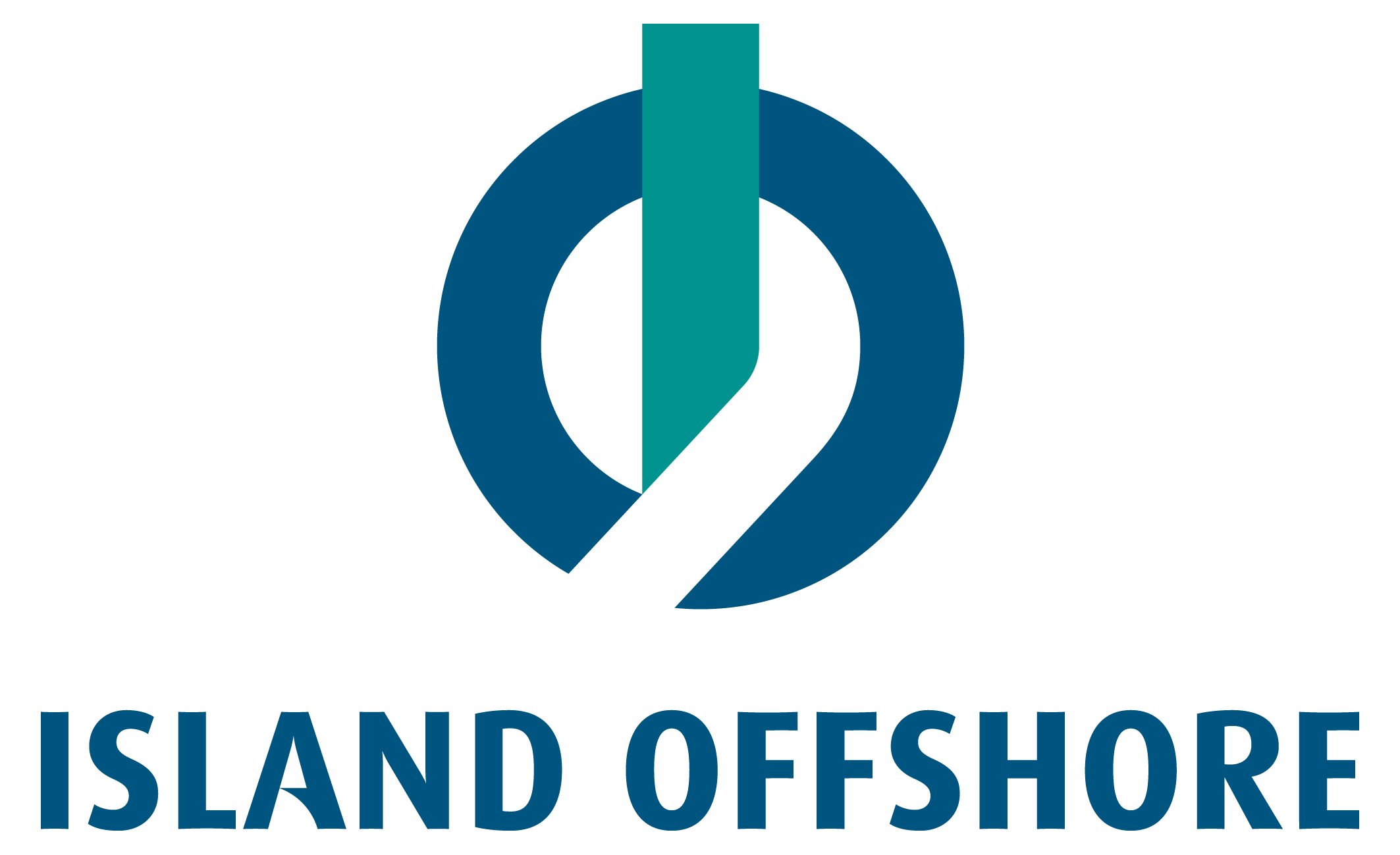Island Clipper – our first vessel on batteries
A pleased Chief Engineer Arnleif Liaset in the battery container together with representatives from DNV and the battery supplier Corvus Energy.
A battery hybrid system was installed on board Island Clipper this spring, as the first in the Island Offshore fleet. Commencing a three year contract with Equinor in April as combined supply and walk-to-work vessel, clear requirements on energy efficiency and emissions from the oil company needed to be fulfilled when entering the contract. As a result a shore power connection was also installed.
A battery system from Corvus Energy was selected and installed by Høglund Power Solutions together with ACEL. The battery pack of 875kW was placed in an elevated deck house on main deck, to avoid the vessel loosing valuable deck space when working as a supply vessel. Already four days after the battery installation Island Clipper went on sea trial and the tuning and testing was done in just a few days. A new power management system was also installed to secure that the batteries were well integrated against the vessels power system.
The elevated battery container on main deck.
Peak Shaving
During transit the battery will contribute with quick and effective power, reducing the need to start up an extra generator for peak loads. The running generator does most of the work while the battery absorb the variations up and down, resulting in even sailing without the great need for extra engine power to cope with the waves.
“In operation, when the weather allows it, we only have one generator on 1843kW running instead of two. The battery pack then works as redundancy (back up),” explains Captain Stig Silden.
The real potential to save money though, not to mention the environment, lies in DP operations at offshore installations. By using only one engine, fuel will be saved and with a reduction in running hours; less maintenance will be needed.
“We have shut down the engine running via the switchboard and tested a bit outside the 500 metre zone, with winds coming in sideways. When running solely on battery, the next generator starts up immediately if needed. Running the vessel on pure battery is no problem,” states the Captain.
In addition to saved fuel and less wear and tear on the machinery, the battery pack also makes the work environment significantly better for the crew with less noise and vibrations. Redundant generator capacity is also used to charge the batteries.
Shore power connection
Island Clipper also have shore connection installed now. When utilizing this in a harbour, noise pollution, particle pollution and emission of CO2/NOx at shore is significantly reduced as a result of generators not being used. Not all harbours have shore connection available yet though. Then what?
“If we are in a harbour with no shore connection, we run solely on battery,” tells Captain Silden. “When it is time to charge the battery, the generator starts automatically and shuts down again when the battery is fully charged. When running, the generator runs on a higher load (85%) which gives a better combustion thus cleaner emissions. With battery we save about 15 running hours thus it is evident that there is money to save on this technology. When all harbours have shore connection available, the number will of course be 24 hours saved with zero consumption of fuel,” he concludes.


